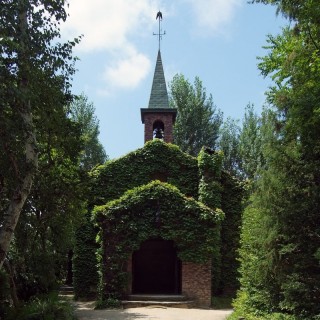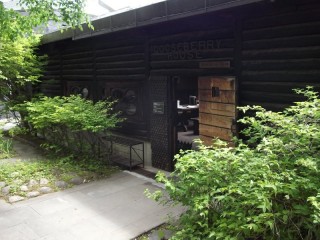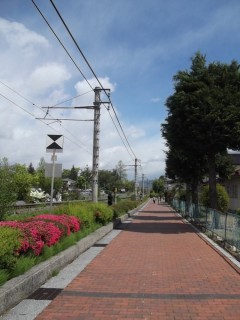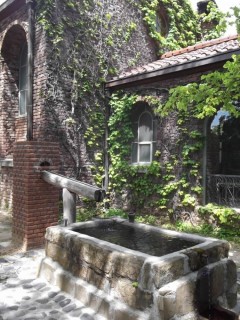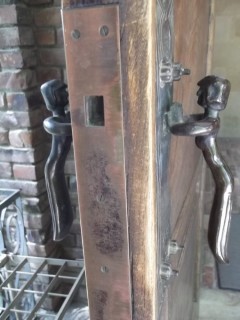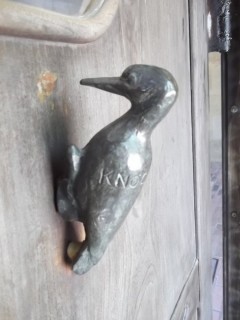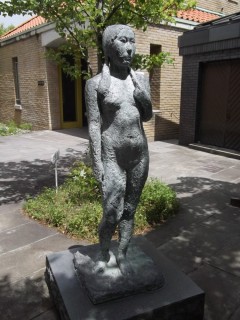Loading
Search
▼ Rokuzan Art Museum in Azumino
- Category:Tourism
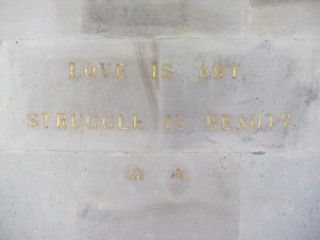
JAPAN TRAVEL
A charming sculpture museum in the Nagano countryside
About half an hour on the train from Matsumoto, picturesque Azumino is a lovely rural area, with expanses of wasabi and rice fields reflecting the distant mountains, and few buildings except those clustered around the stations.
It's also home to fully thirteen different museums, with an eclectic range of exhibition themes: lacquer paintings at the Takahashi Setsuro Museum, local history, mountain paintings, owl-themed micro-art, even silkworm ecology. The Rokuzan Art Museum is one of these, dedicated to the work of locally-born artist and sculptor Moriye Ogihara: Rokuzan was his artistic pseudonym. Born in 1879, when Japan had barely opened up to the world after 300 years of isolation, in 1901 he took the bold step of moving to the USA to study at art school. He went to Paris in 1903, and was inspired to become a sculptor after seeing 'The Thinker' by Rodin. He studied under Rodin and continued to travel widely, in Italy, Greece and Egypt, before returning to Japan in 1908. Unfortunately, he passed away in 1910, leaving only a small number of sculptures and other artworks.
Opened in 1958, the museum consists of a handful of buildings, in a pleasant, leafy setting. The main building is the Rokuzankan, a charming redbrick structure modeled after a church, where you can see Ogihara's sculptures: there are a couple of striking head-and-shoulder figures here, but the standout piece is 'Woman', beautifully crafted, and subtle in its suggestion of the subject's feelings through her posture and expression. The next building to open was the Gooseberry House, a wooden building with a traditional design, built manually by local teachers and students. Here you can find tables to sit and rest at, information about other museums in the area, and a small selection of souvenirs for sale. Then there are three more exhibition halls, all of more modern design; these display Ogihara's oil paintings and drawings, and a range of sculptures and paintings by his friends and contemporaries. Similar to his sculptures, the buildings also sometimes have details that are easy to overlook. As you stroll around the museum, look out for an owl, a cow and a cicada on the wall, and knockers and handles shaped like woodpeckers, geckos and, according to the leaflet, praying angels.
From May to October, the museum is open every day: from November to April it's closed on Mondays (opening on Monday and closing on Tuesday if the Monday is a national holiday), and from December 21st to 31st. Opening hours are from 9:00 to 5:10pm for most of the year, but closing at 4:10pm from November to February. Admission costs JPY 700 for adults, JPY 300 for high school students, JPY 150 for elementary and middle school students, with a discount if there are twenty or more of you.
Getting there
The museum is a short walk from Hotaka station, about 30 minutes from Matsumoto on the JR Oito line.- September 14, 2018
- Comment (0)
- Trackback(0)


